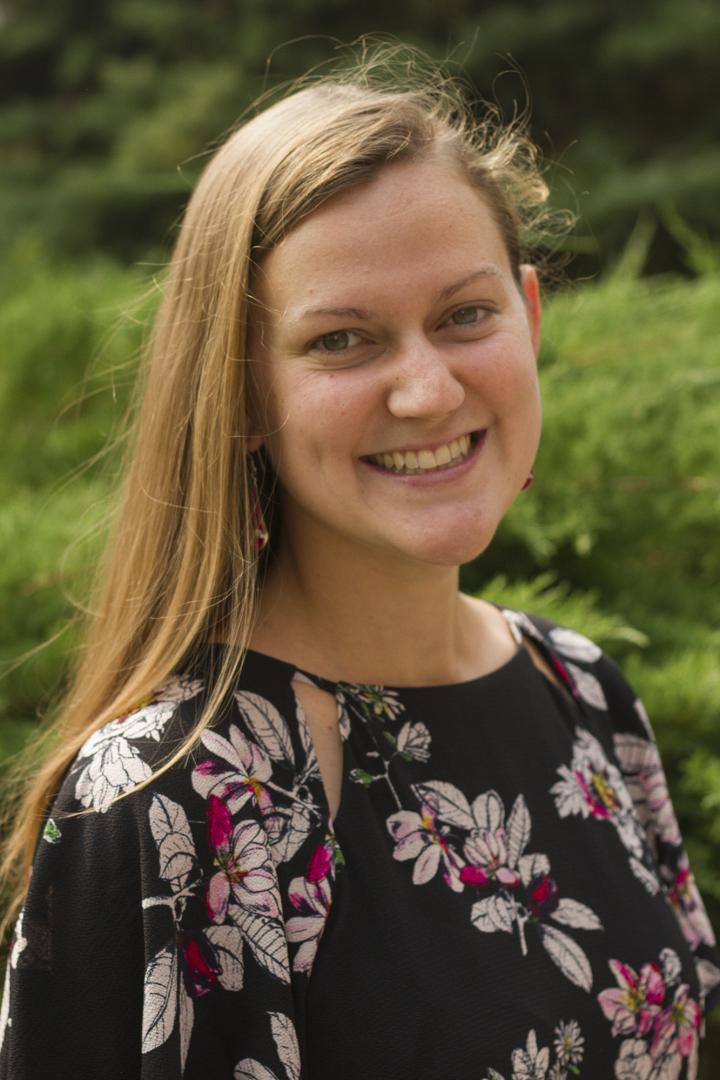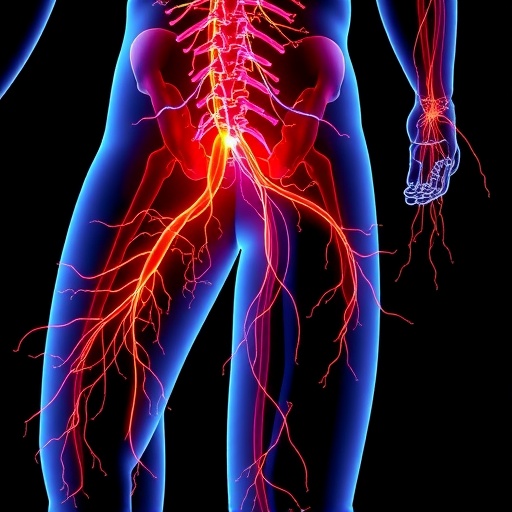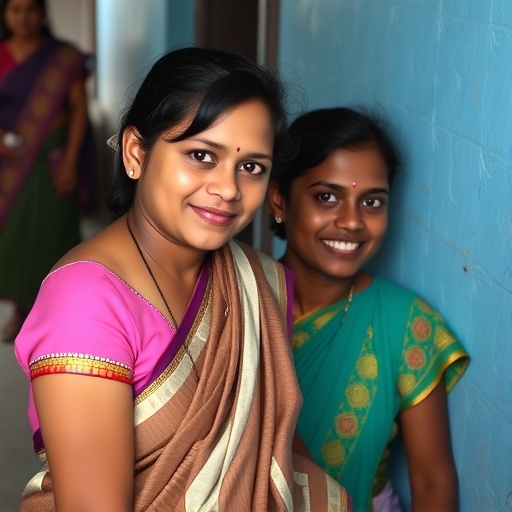Very rural elders receive fewest services

Credit: Washington State University
Older adults living in very rural settings are less likely than those living closer to urban centers to receive available services in health, nutrition and transportation, according to a new study by a Washington State University scientist.
Raven Weaver, assistant professor in WSU’s Department of Human Development, and her coauthor Karen Roberto at Virginia Tech, found that older adults living in a completely rural environment, far from a city center, are two and a half times less likely to receive any type of service compared to those living in a mostly rural setting.
The findings were published today in The International Journal of Aging and Human Development.
Services, in the paper, include meal delivery programs, farmer’s market voucher assistance, various types of in-home care, health management programs, transportation services, and many others. Older adults are defined as anyone over 60 years old.
While service disparities between rural and urban older adults are well known, these findings distinguish between different levels of rural.
“We know that people living in rural areas receive fewer services,” Weaver said. “Rural residents have the same level of need as urban older adults. Our paper highlights the most vulnerable groups within that rural classification.”
For the study, Weaver used data from more than 1,600 adults, collected from Area Agencies on Aging in Virginia. Those agencies often provide or refer people to the services mentioned above, and are designed to support older adults proactively, Weaver said.
When looking through all the data, geography was the most significant disparity.
“Where people lived influenced what services they got more than their needs or disabilities,” Weaver said.
Given the current Covid-19 pandemic, the findings of this paper could be exacerbated, she said.
“The lack of direct personal contact, not receiving health checkups, those are increasing with COVID and social distancing,” Weaver said. “This study shows where the biggest holes are in the systems aimed at helping older adults age in place.”
It is important for families caring for older adults to realize they can contact agencies about services for their relatives, Weaver said.
“Get connected to services early,” she tells families. “Some support is better than no support. Having access to food or meal assistance can re-direct energy to other challenges. Being proactive is key for helping people remain in their homes as they get older.”
###
Media Contact
Raven Weaver
[email protected]
Related Journal Article
http://dx.




